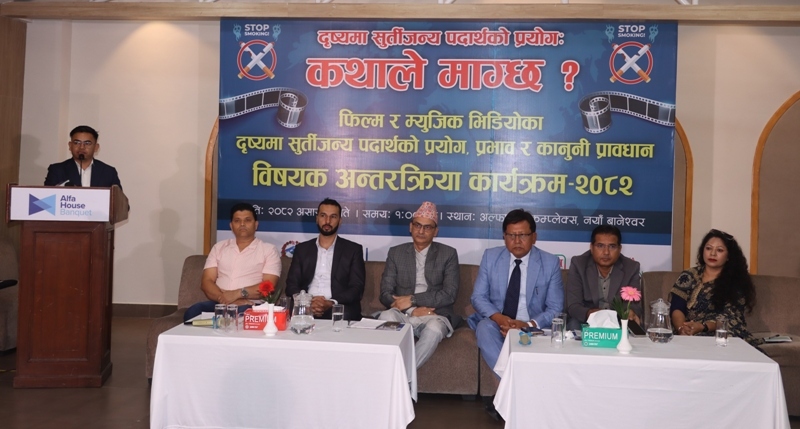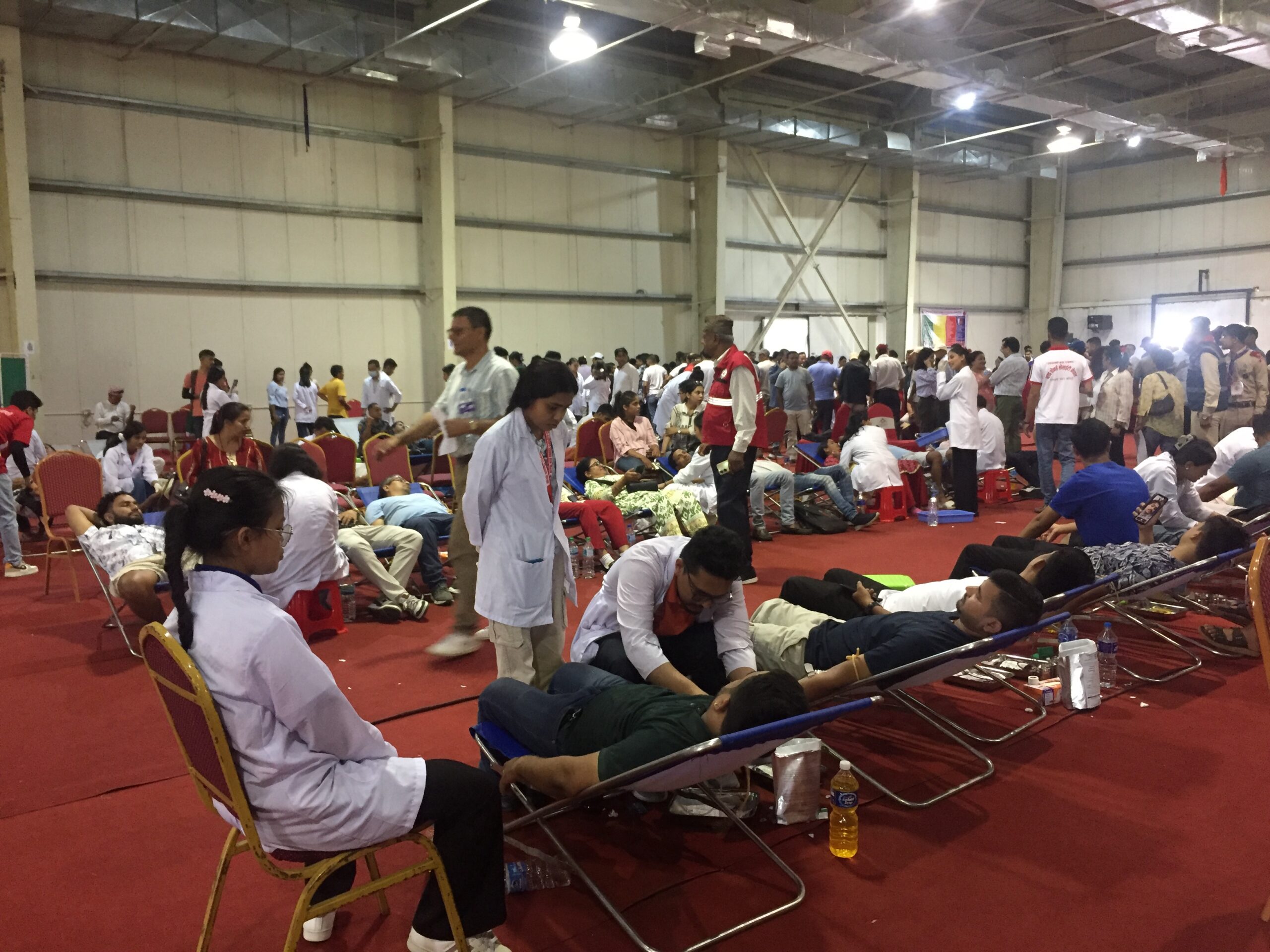
Introduction
Public health is a broad and comprehensive discipline encompassing areas such as sociology, health education, health administration, management, epidemiology, healthcare service, and research. One of the most widely accepted definitions of public health, by C.E.A. Winslow, defines it as “the science and art of preventing disease, prolonging life, and promoting health through the organized efforts and informed choices of society, organizations, public and private communities, and individuals.”
Public health goes beyond individual behaviors affecting health—it involves broader social, economic, political, and environmental factors that influence population health (Griffiths, Jewell, & Donnelly, 2005). In this context, public health practice engages with and addresses these wider determinants.
The domain of public health practice is categorized into three interlinked areas:
Health improvement (prevention and health promotion, socio-economic influences, addressing underlying social determinants of health)
Health protection (disease control, environmental protection, and occupational health)
Health service quality improvement (health care system, health economics, quality service, evidence-based practices, and clinical effectiveness)
These three domains are interconnected and must function in a coordinated and integrated way to improve the health and well-being of the population (Thorpe, Griffiths, and Adshead, 2008).
A public health approach takes a broader view — preventing illness in individuals and populations from both communicable and non-communicable diseases. Integrated frameworks address the root causes of poor health, not only through health-related interventions but also by promoting social and cultural practices to improve the health of the population.
The Nepal Context: Missed Opportunity in Practice
Nepal, a developing nation in South Asia, has faced multiple health problems. Despite significant investment from both the government of Nepal and external development partners in the health sector, the level of improvement in key health indicators—such as maternal and child mortality, stunting, and wasting—remains concerning (as per WHO thresholds).
The under-five mortality rate is thirty-three per thousand; a quarter of children are stunted; around one in ten children are wasted; and one in every ten children experienced diarrhea in the past two weeks (NDHS, 2022). This situation indicates ineffective implementation of public health practices, with a narrow focus on clinical or health service delivery—even though it is well known that health outcomes are influenced not only by individual health behavior but also by environmental, socio-economic, political, and cultural factors.
There is still a perception that clinicians alone can manage the overall health of the population, which has led to a major share of the health budget being spent on opening medical colleges and building or equipping hospitals (Karkee, 2015). Among the three major domains of public health, Nepal has prioritized disease control under health protection and health care service improvement—while public health strategies aimed at improving overall population health have been neglected.
This approach has yielded limited progress in controlling communicable diseases like diarrhea but has not improved outcomes for non-communicable diseases, which continue to rise. This has pushed the country into the complex challenge of a double burden of disease (Sharma et al., 2019).
Federalism and Public Health: A Complex Transition
The pattern of public health practice has not significantly changed, even though an integrated approach is widely understood as essential. Nepal’s transition to a federal system has directly influenced public health.
Public health efforts that had been initiated before federalism were, in some cases, dismantled with the formation of three tiers of government: federal, provincial, and local. The restructuring of the health system and chain of command created gaps in public health delivery.
For example, the reassignment of health workers has led to shortages in certain health facilities, limiting their capacity to provide primary health care services, including outreach clinics for growth monitoring, health education, and counseling.
Moreover, a lack of political commitment and the limited willingness of local elected bodies to prioritize health—despite having budget authority and autonomy to plan and implement health policies—has confined the health system largely to clinical services (Gyawali et al., 2020).
Socio-economic and cultural barriers such as caste-based and gender-based discrimination, poverty, and limited access to health services for marginalized populations have worsened health outcomes. Caste-based discrimination, in particular, is a deep-rooted cultural issue that prevents equitable access to services. For example, children from poorer families or marginalized castes are less likely to be fully immunized (Palley and Atteraya, 2020).
Other challenges include poor evidence-based planning and budgeting, weak public health infrastructure, high out-of-pocket expenses, inequitable service distribution (often influenced by politics), and lack of accountability among health workers and municipal bodies. As a result, public health services remain largely confined to clinical care, increasing population exposure to risk factors such as non-communicable diseases, road traffic accidents, and environmental pollution.
The Way Forward: Integration and Commitment
Public health is inherently complex and multifaceted. It requires coordination across sectors, sustained commitment, skilled personnel, and political will. It must go beyond disease diagnosis and treatment to include prevention, protection, promotion, and equity.
Although an integrated public health approach is well understood and widely acknowledged in Nepal, implementation remains difficult without systemic readiness and accountability across all governance levels. Improving population health in Nepal requires a shift from a health care–only model to a holistic public health strategy.
Public health should not be seen as a support function for clinical care. It is the foundation of a healthy society. This includes strengthening primary care, investing in prevention, addressing social determinants, and ensuring that no one is left behind due to systemic or social barriers (Karkee, 2015).
Kuber Prasad Adhikari is a doctoral student specializing in public health at Mahidol University, Thailand.
Kuber Prasad Adhikari
Published: April 24, 2025










